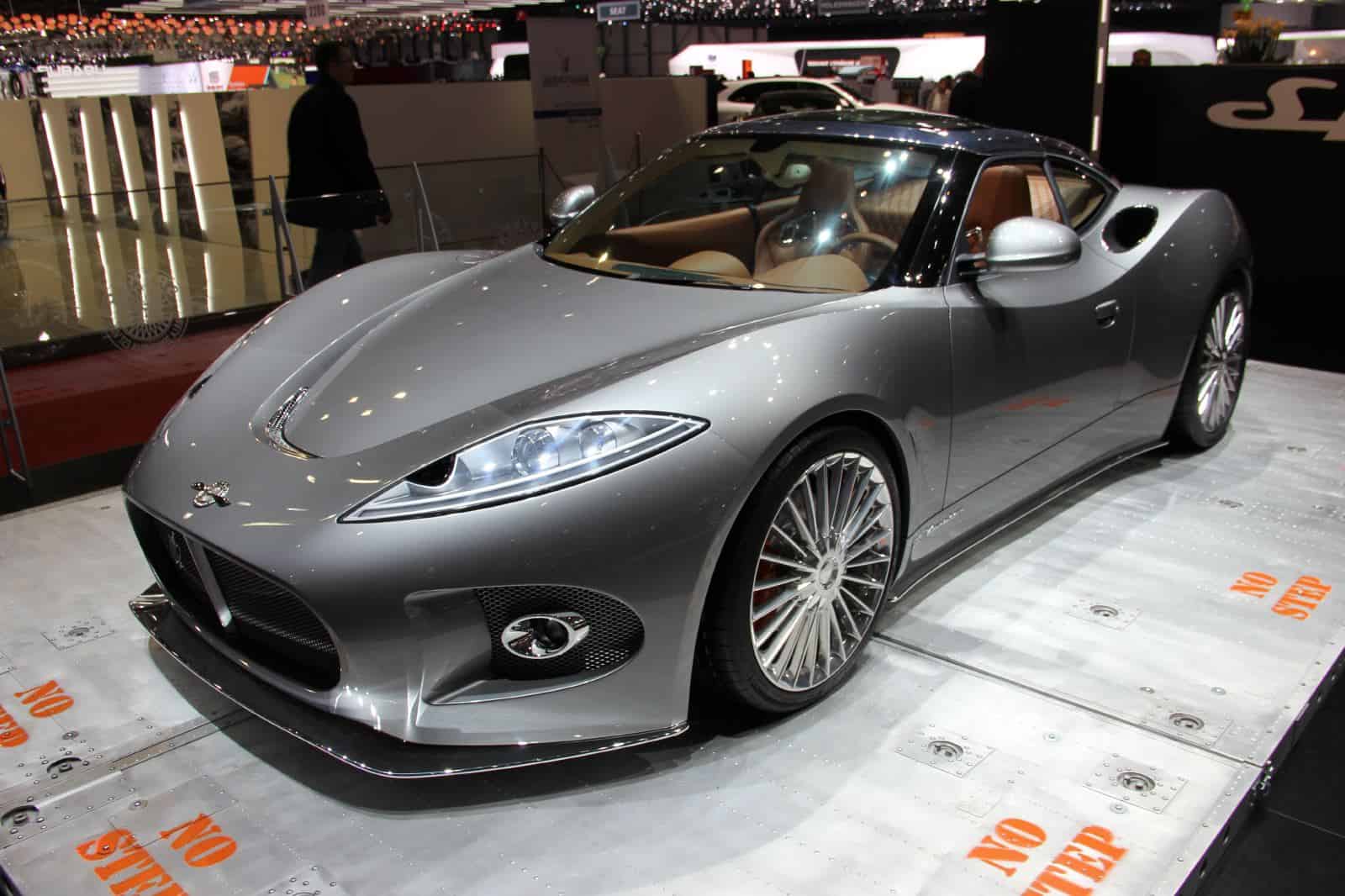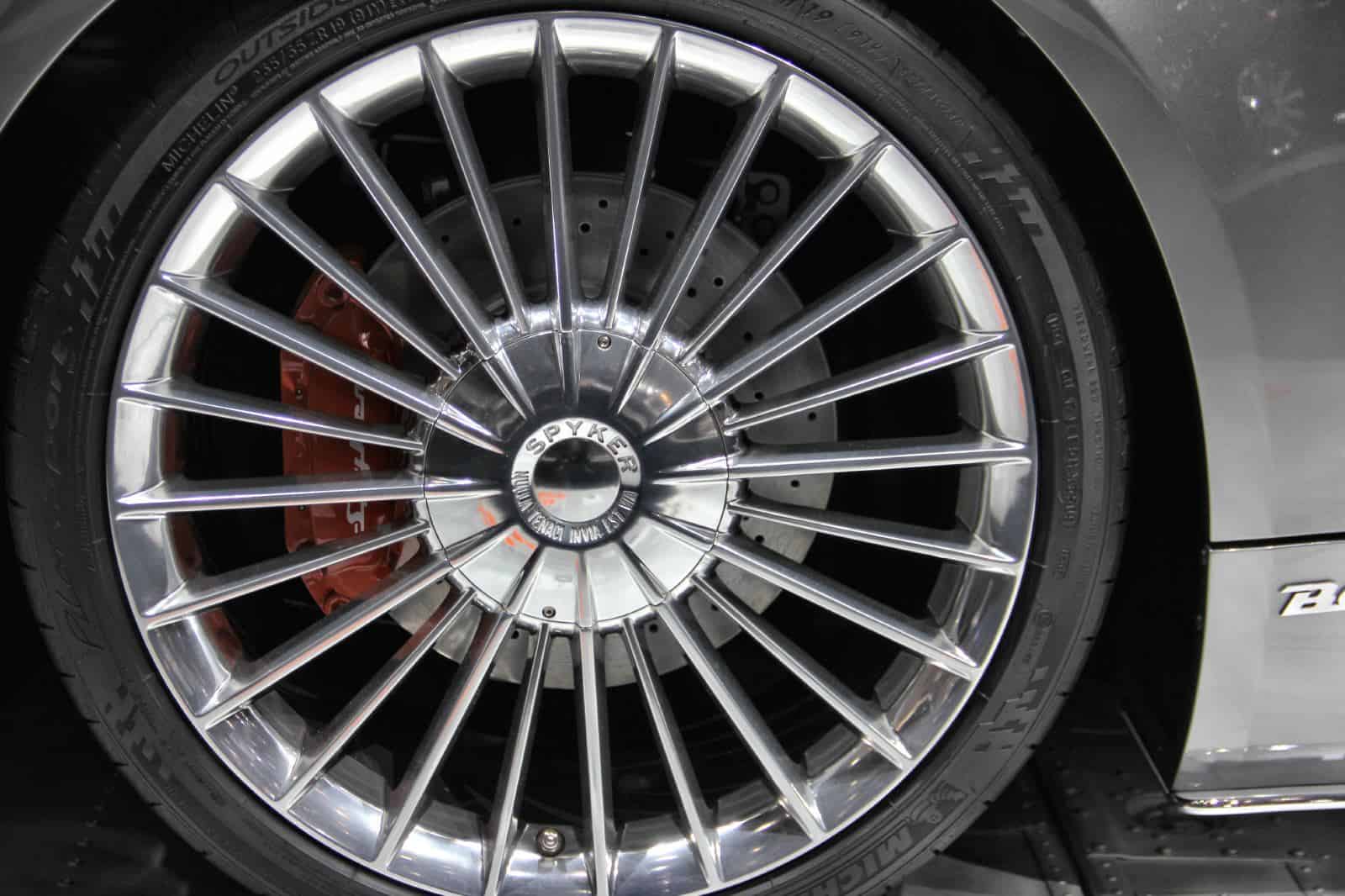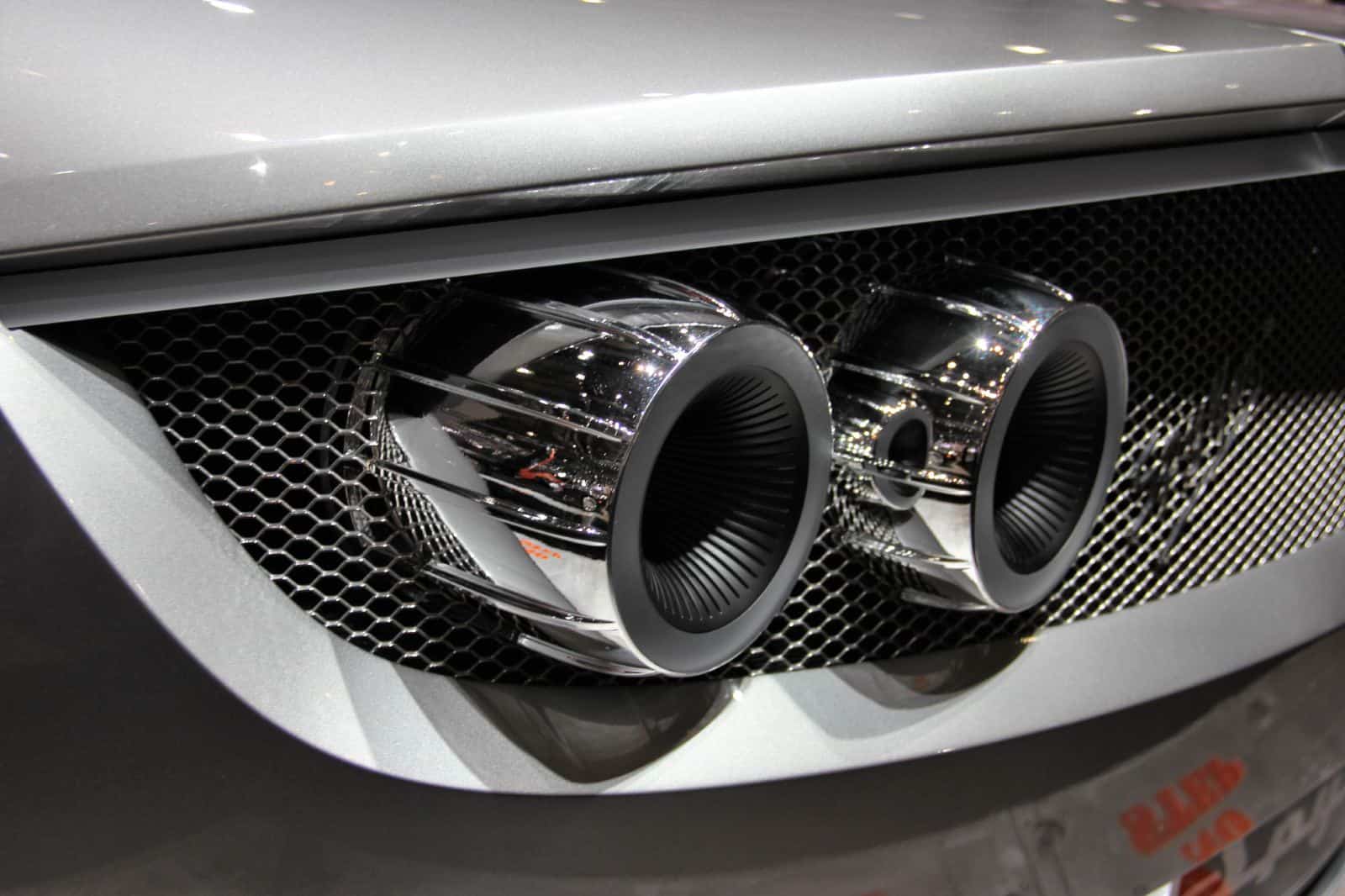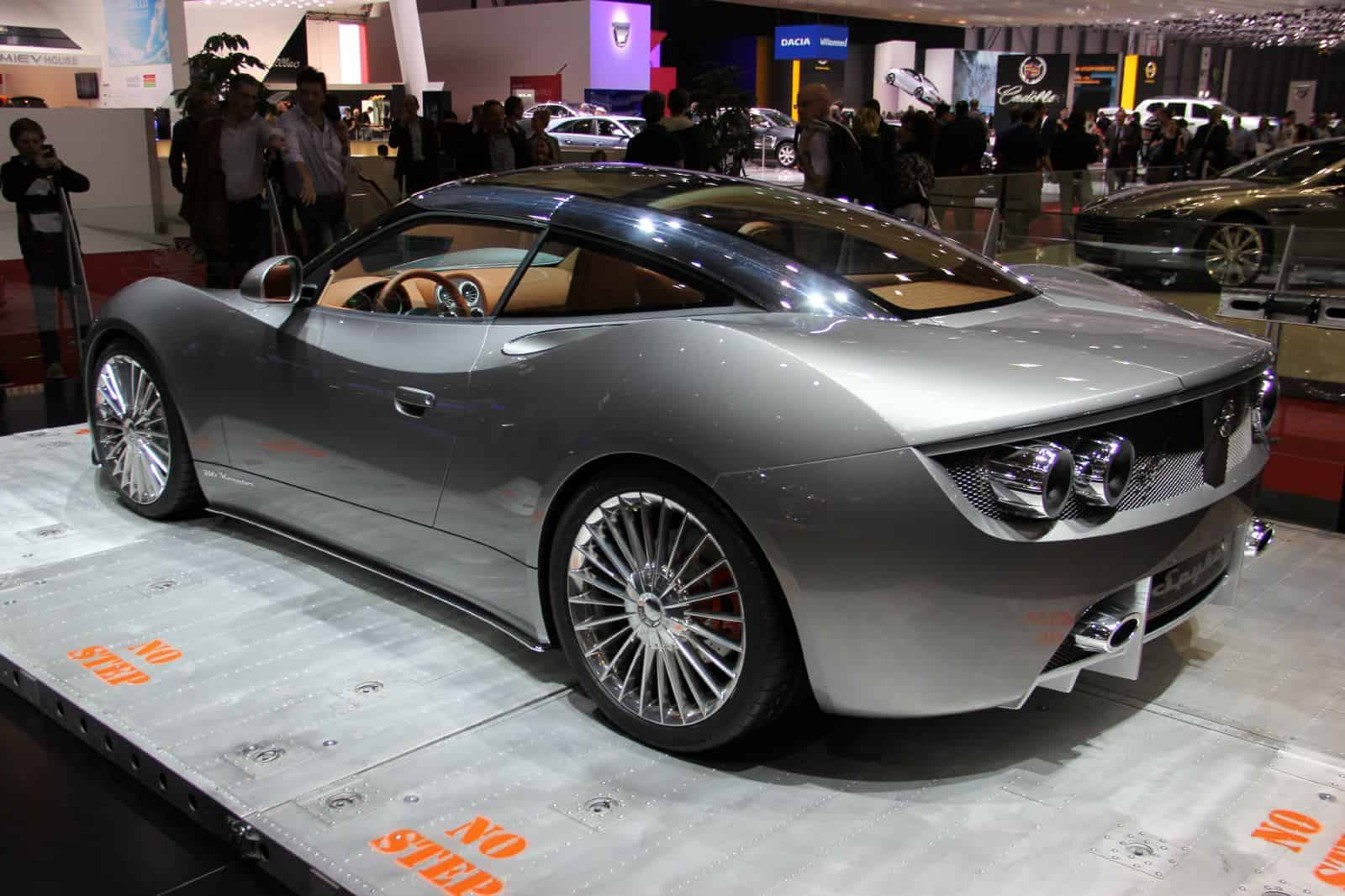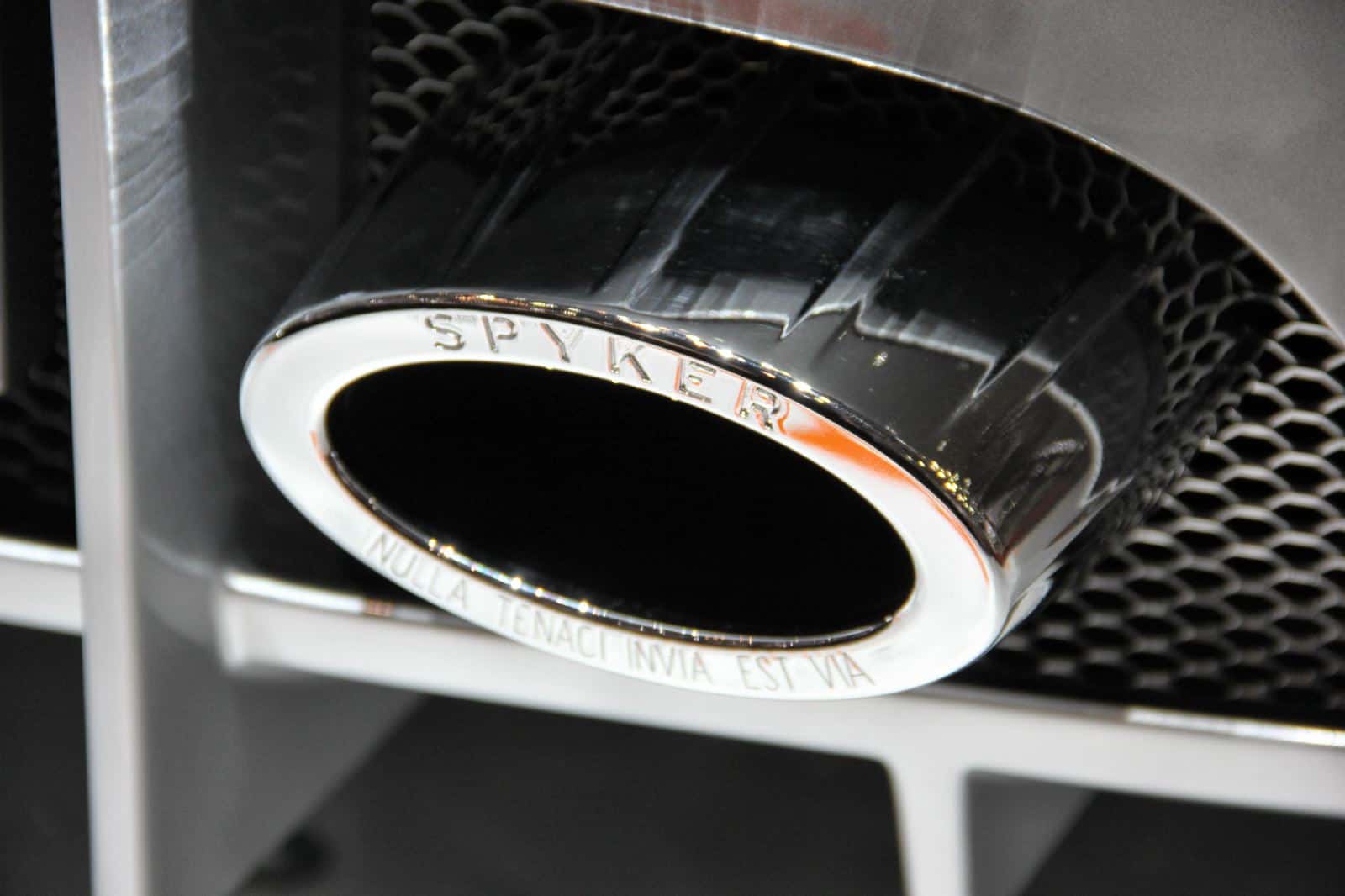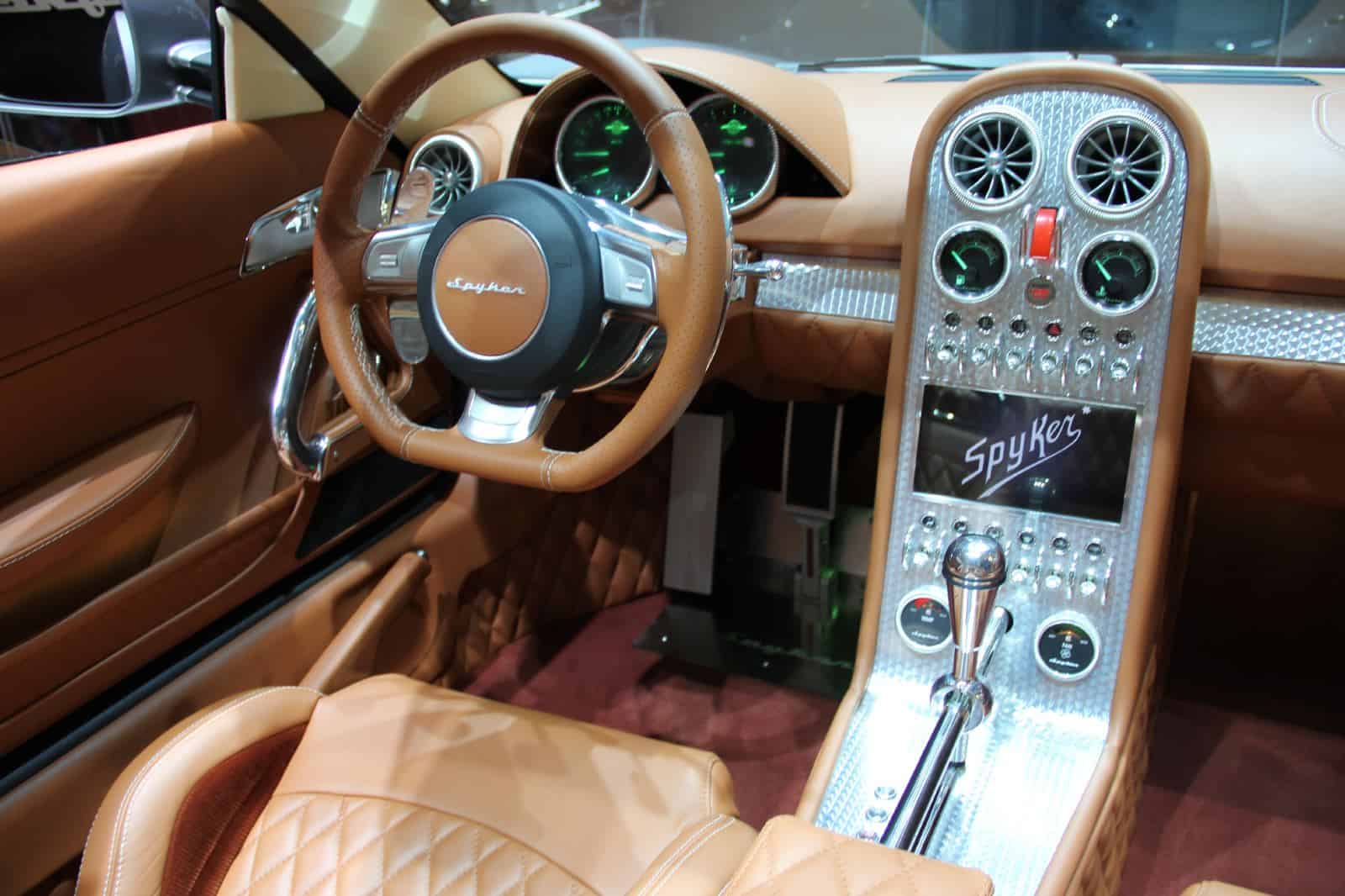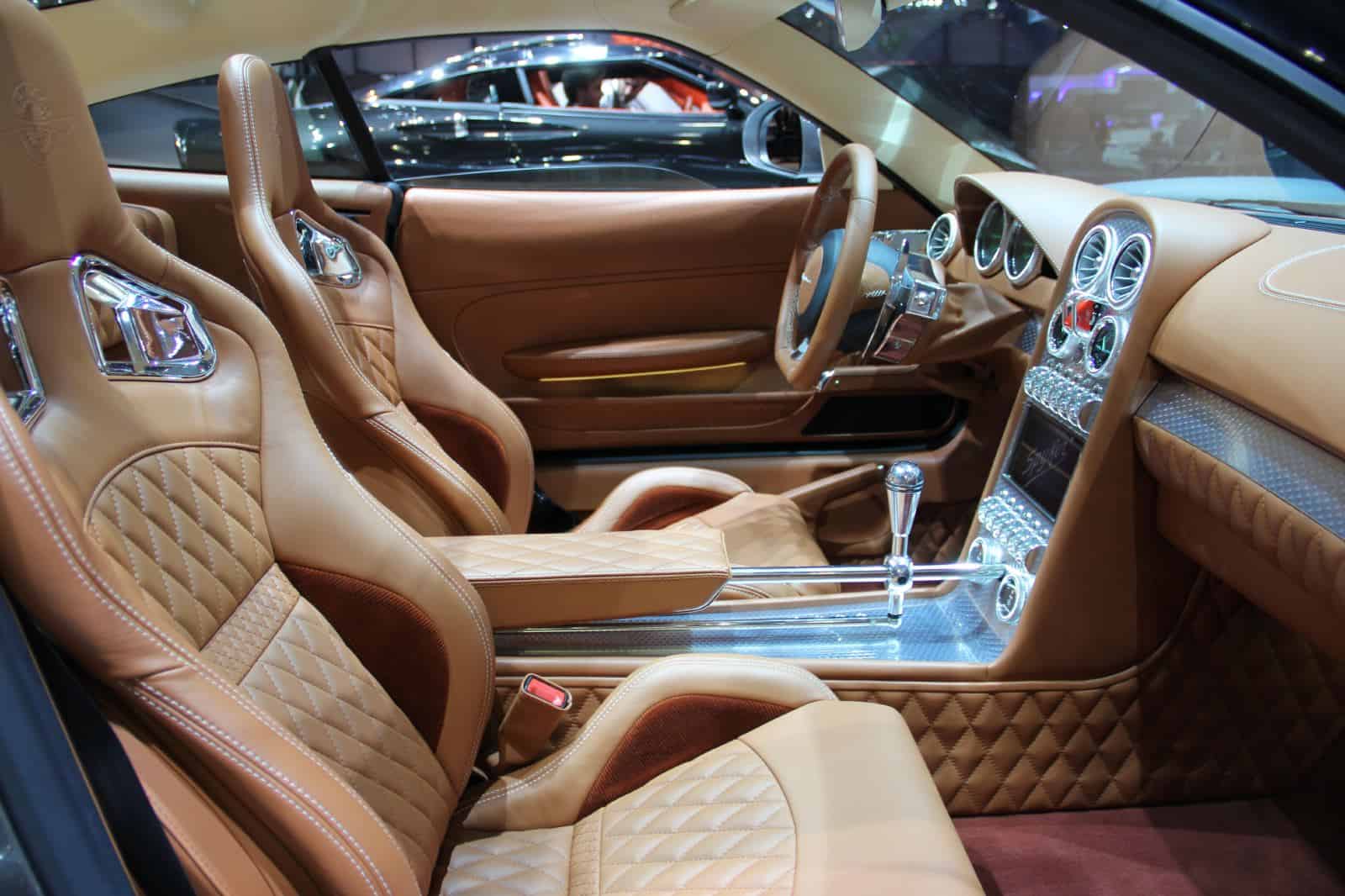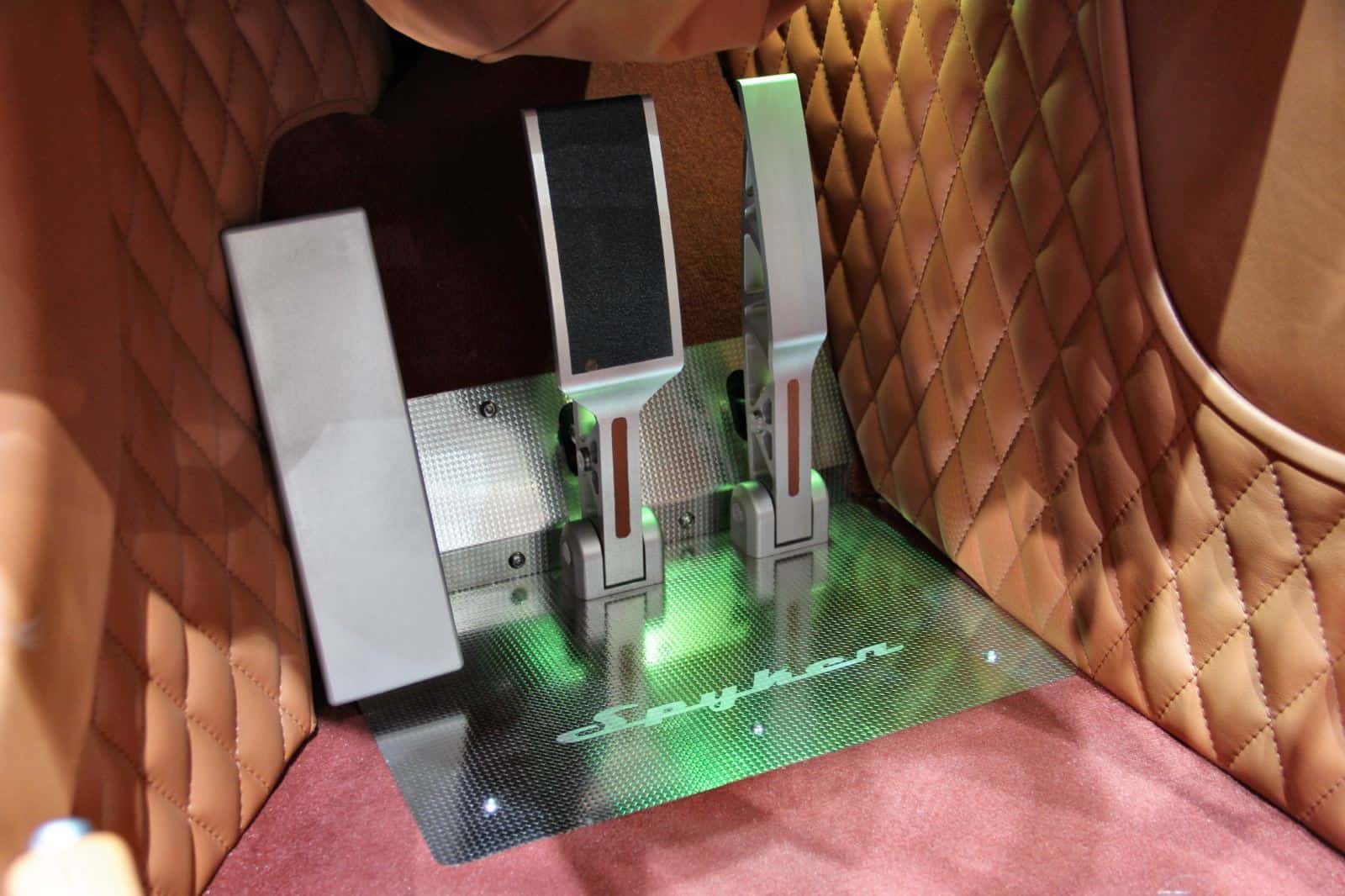The Spyker B6 Venator was unveiled at the annual Geneva motor show, an event that is always full of interesting concepts from a number of manufacturers, including the carrozzeria (ie Pininfarina, Italdesign, Zagato, etc.). It also features more obscure companies, from suppliers to small-scale manufacturers and tuners, which makes for a fun day out. The 2014 edition was no different.
Though billed a concept, the B6 Venator is a preview of a production car set to hit the streets in early 2014. Marking Spyker’s return to normalcy following a tumultuous time as custodian of Saab, a newfound cash investment from partner Youngman has enabled the Dutch company to continue with its primary business creating limited-edition sports cars.
Powered by a mid-mounted V6 engine, the B6 Venator is a compact two-seater set to do battle with more mainstream sports cars. Though the Venator is roughly the same size as Porsche’s 911, with which it will likely compete against in performance, the concept weighs 1400kg – about the same as Porsche’s smaller Cayman model. This is largely attributed to the Venator’s lightweight carbon-fiber bodywork and aluminum platform.
With a nod towards Spyker’s aviation history, the B6 Venator features jet-inspired design cues, from its propeller style wheels to the 3D taillamps, which have been modeled on iris-type afterburners. Its glass canopy also makes reference to aircraft, its aerodynamic shape extending rearwards to minimize drag. Its name also holds historical significance – Venator means ‘hunter’ in Latin, which was the name of Spyker’s fighter aircraft built in the early 20th century.
The aviation references continue to the interior, which features an exposed gear change mechanism, a red cover over the starter switch and numerous toggle switches nestled in an aluminum fascia. Spyker’s attention to detail is also apparent in the quilted leather throughout the cabin, which even extends down to the floor. It’s this level of detailing combined with bespoke materials and aviation-inspired elements that make up the low-volume carmaker’s DNA, and make it such an exclusive offering in the sports car segment.

